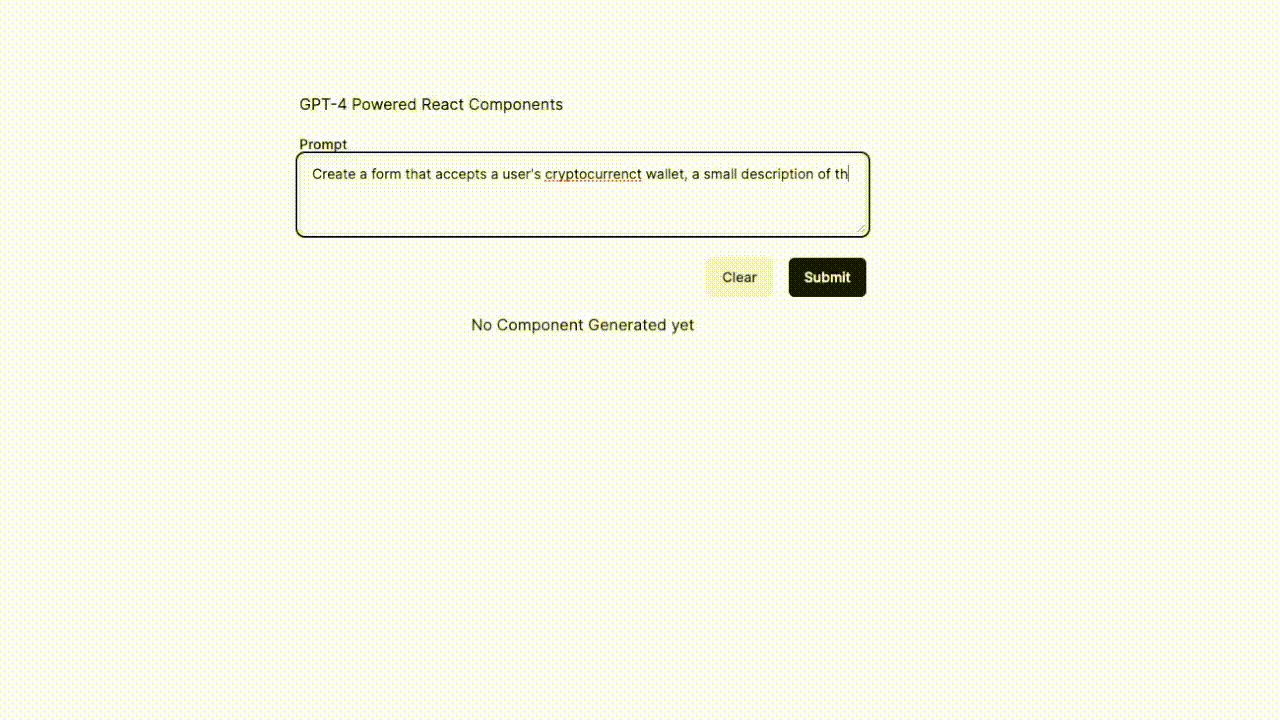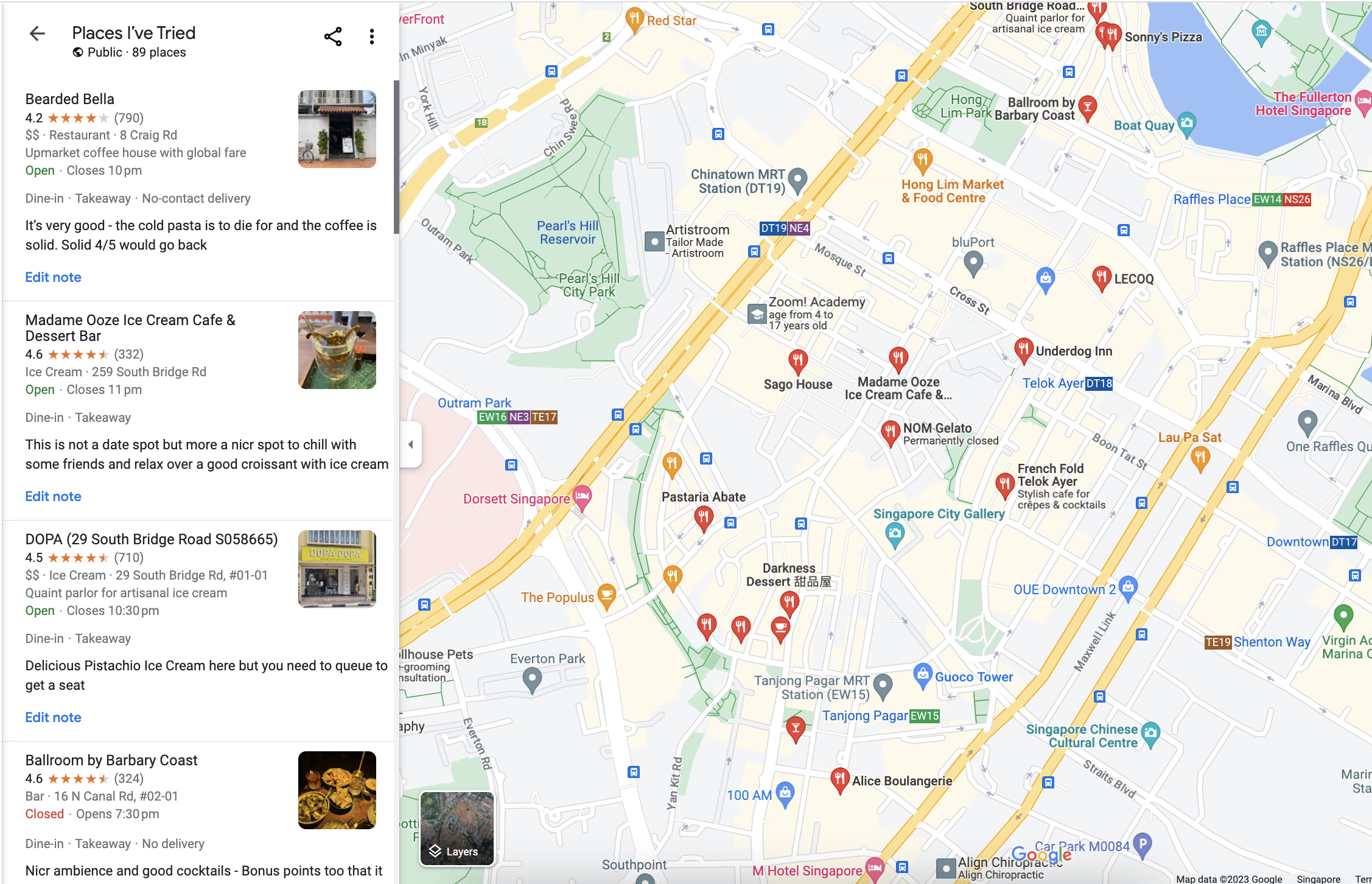GPT-React
Introduction
The full code for this is avaliable here for reference.
A while ago, I saw a demo video of Vercel's V0 and was blown away by what it could produce. It could take in user prompts, feedback and iteratively generate new and improved UI code using the popular @shadcn/ui library.
This was soon followed by the open-v0 project by raidendotai. Since I didn't have access to v0 via vercel, i figured I would clone the project and try to figure out how it worked.
One eventful friday evening later, I ended up putting together a small prototype which uses context-aware RAG and pydantic to generate valid NextJS Code based on a user prompt which you can see below.
The Gif renders pretty slowly for some reason so if you want to see the original clip, you can check it out here




 I recently ran into two problems when trying to generate transcript for audio files using whisper when working with NextJS
I recently ran into two problems when trying to generate transcript for audio files using whisper when working with NextJS